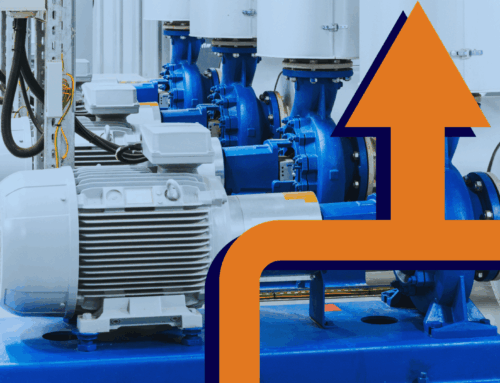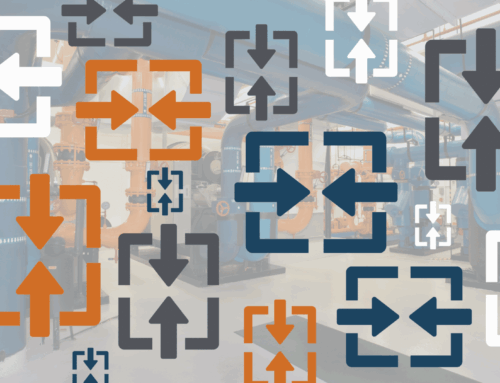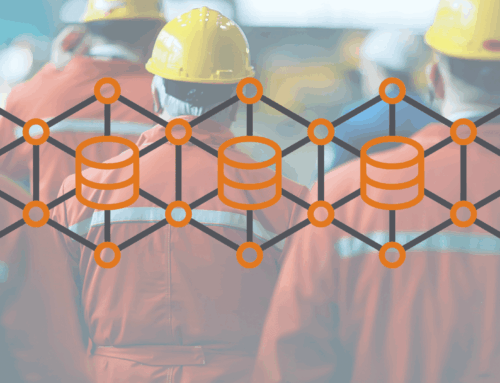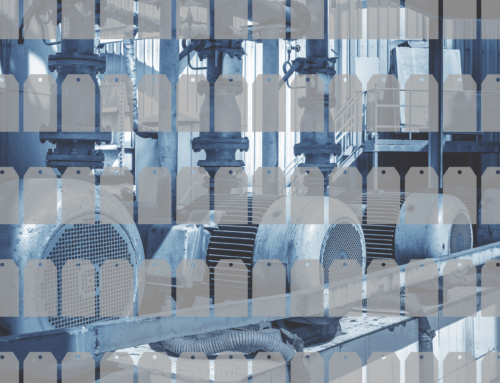For the process plant management team, optimizing plant operations is a goal that can often seem elusive to attain. Many factors play into this challenge, including lack of time, budget, workforce, and technology. Even when technology is available, there can be issues with internal processes, full utilization of features, and communication failures between organizations and departments. And multiple sites add complexity due to distributed networks, servers, and clients.
The solution is a centralized data management tool that creates direct communication between a Centralized Monitoring Center (CMC) and the team in charge of the site, allowing prompt responses to alerts with accuracy and high competency.
Plant Optimization: Five Keys
Based on our experience and research of best practices in the industry, HanAra has determined five key elements that help process plants achieve that elusive goal of optimization:
1. Create a Centralized Monitoring Center
The essential component to creating an optimized plant operation begins by creating a Centralized Monitoring Center (CMC). An ideal CMC will improve the efficiency of maintenance through integrated management of distributed systems. Additionally, it will reduce initial response time by allowing you to quickly analyze the cause of an alert and the current status in an emergency situation. Ultimately, you will have a predictive maintenance tool that feeds directly into your dashboard allowing you to monitor and manage all facilities.
2. Select Technology for a Centralized Monitoring Center
Installation of a good data analysis system allows the CMC to convert into an emergency situation room regardless of the location of the malfunction. No longer will it be necessary to dispatch senior executives and department heads to troubled sites. Instead, they can share the same information without travel and communicate directly with onsite personnel to resolve the issue regardless of its location. Proper data management and analysis technology allows you to better visualize your data with intuitive graphics that provide an immediate understanding of the plant’s status and any problems. And, a quicker understanding at the CMC results in a faster response to the situation in the field.
Some features and support to consider in your technology partner include:
- Data monitoring anytime, anywhere
- Integration and collection of sensor data centrally
- Easy-to-use solutions for quick data analysis
- Quick access to real-time and historical data
- Dashboard for easy visualization
- Data security
- Comprehensive training program
- Dedicated solution support team
3. Utilize Plant Optimization Best Practices
Every plant or enterprise-wide fleet has its own unique obstacles. But there are also many common characteristics that can be planned for ahead of time. Enlist outside resources wherever you can to help define a best practices guide from plants resembling your own. Some good starting points include:
- Personnel — identify and record who and where your experts are and the needed expertise for every potential situation you can imagine.
- Location — ensure access and configure network communication for cooperation and coordination between the CMC and facilities. Also, plan for future needed space for expansion or installation.
- Detailed Operational Plan — every ounce of planning is worth double its weight in time saved during an actual crisis. An operational plan should detail the role of the CMC during normal plant operation, start and stop times, and emergency situations. For example, during normal operation, the CMC monitors operation data and plans predictive and preventative maintenance. During start or stop times, the CMC monitors the network and connected facilities or elements that affect starting or stopping.
4. Staffing
Constructing a CMC can be divided into two phases: pilot operation phase and extended operation phase. During the pilot phase, you’re working within the department to identify issues and improve the effectiveness of the operation. The extended operation phase will require cooperation from employees throughout the company as well as other external partners.
Your facility will need personnel to perform monitoring and predictive analytics activities. It is essential that you properly staff and train members for your CMC. This does not necessarily require hiring additional staff as long as the technology selected is intuitive and friendly to use for existing personnel, and the vendor provides on-site training for all users of the software.
5. Centralized Monitoring at Work
Once the CMC is in place and ready, you will then need to establish the parameters and functions of the tools installed. For facility monitoring activities, select the items to manage based on the prevalence of pending issues. Monitor the data to yield trends and organize the trends to produce result notifications. Our advanced data management software, HanPrism, helps our customers monitor operations to improve maintenance strategies, enhance operational efficiency, and centralize information for better communication between cross-functional teams.
Utilize a predictive analytics system to provide a warning so that you can take appropriate action to minimize damage and loss and to enable continued stable plant operation. To achieve this level of confidence, the analytics system will need to provide real-time monitoring, programmed recognition of anomalies, and auto notifications. HanPHI, our insightful predictive analytics solution, gives you early warnings for impending anomolies so you can save time and money that would have been spent on failed equipment or unnecessary maintenance activities.
Follow our future posts and get started on plant optimization! We’re here to help you optimize your plant with intuitive data management and advanced pattern recognition software to help enhance operational efficiency, improve productivity, and strenghten sustainability in your facility.






